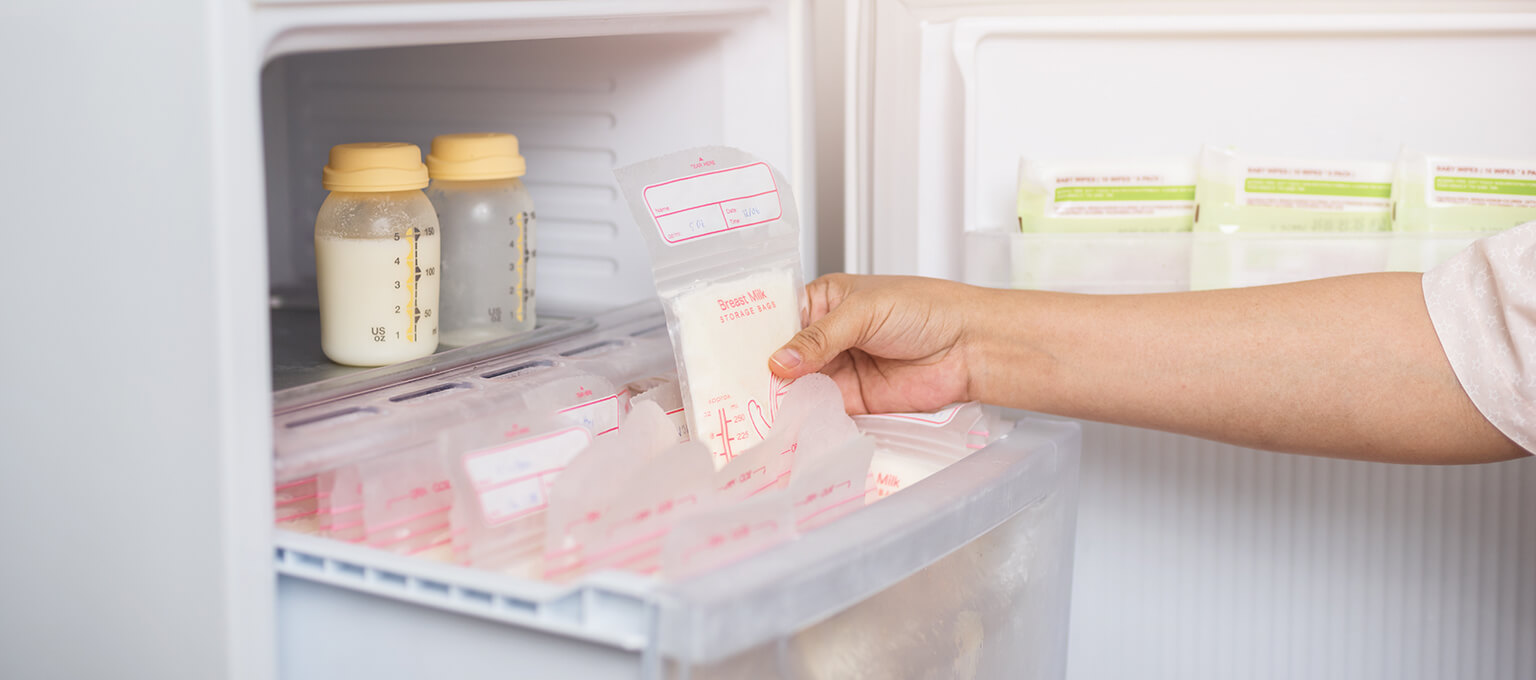

Articles
How To Store Breast Milk Bags In Freezer
Modified: October 20, 2024
Learn the proper way to store breast milk bags in the freezer and keep your baby's food safe and fresh. Read our helpful articles on this topic.
(Many of the links in this article redirect to a specific reviewed product. Your purchase of these products through affiliate links helps to generate commission for Storables.com, at no extra cost. Learn more)
Introduction
Storing breast milk is a common practice among breastfeeding mothers who want to ensure their babies have access to nutrition, even when they are not immediately available. Freezing breast milk in specially designed storage bags is an excellent way to preserve its quality and extend its shelf life.
In this article, we will explore the benefits of storing breast milk bags in the freezer, provide a step-by-step guide on how to store them properly, and offer some helpful tips for maintaining the quality of your stored breast milk. We will also discuss the proper methods for thawing and using frozen breast milk bags.
If you are a breastfeeding mother who wants to learn how to store breast milk bags in the freezer, this comprehensive guide is for you.
Key Takeaways:
- Storing breast milk bags in the freezer offers convenience, extended shelf life, and preservation of nutrients, providing breastfeeding mothers with a practical solution for ensuring their babies always have access to the benefits of breast milk.
- Proper preparation, organization, and thawing techniques are essential for maintaining the quality and safety of frozen breast milk bags, ensuring that babies receive the full nutritional benefits when it’s time for feeding.
Read more: How To Store Breast Milk In Diaper Bag
Benefits of Storing Breast Milk Bags in the Freezer
Storing breast milk bags in the freezer offers numerous benefits for breastfeeding mothers. Here are some advantages to consider:
- Convenience: Freezing breast milk allows you to have a readily available supply whenever you need it. This can be especially useful if you are returning to work, going on a trip, or simply need a break from breastfeeding for a while.
- Extended shelf life: By freezing breast milk, you can extend its shelf life for several months. This not only ensures that your baby has a constant supply of breast milk, but it also saves you time and effort by allowing you to store larger quantities at once.
- Preservation of nutrients: Freezing breast milk in bags helps to preserve its nutritional content. Breast milk contains essential antibodies, enzymes, and immune-boosting properties that can be compromised over time, but freezing helps retain these important components.
- Economical: Storing breast milk in the freezer can help save money. It allows you to take advantage of sales on breast milk storage bags, buy in bulk, and prepare larger quantities of breast milk at once, reducing the need for expensive formula.
- Emergency supply: Having a stash of frozen breast milk can provide peace of mind in case of emergencies. If you are unable to breastfeed temporarily due to illness or other reasons, you can still provide your baby with the vital nourishment they need.
Overall, storing breast milk bags in the freezer offers convenience, preserves nutrients, extends the shelf life of breast milk, saves money, and provides an emergency supply. It is a practical solution for breastfeeding mothers who want to ensure their babies always have access to the benefits of breast milk.
Preparation Before Storing Breast Milk Bags
Before you start storing breast milk bags in the freezer, it is important to properly prepare and ensure that you are following the best practices for maintaining the quality and safety of your breast milk. Here are some key steps to take:
- Clean and sanitize: Make sure to wash your hands thoroughly with soap and water before handling any breast milk storage bags. Additionally, clean all the equipment, such as breast pump parts and bottles, that will come into contact with the breast milk. Use hot, soapy water or a dishwasher and rinse them well.
- Label the bags: Label each breast milk storage bag with the date and time of expressing the milk. This helps you keep track of the age of the milk and use it in the proper order, following the “first in, first out” principle.
- Choose the right bags: Use breast milk storage bags that are specifically designed for freezing. These bags are made of durable, BPA-free materials that can withstand freezing temperatures and are designed to prevent leaks and contamination.
- Portion sizes: It is advisable to store breast milk in smaller portion sizes, typically 2-4 ounces, to minimize wastage. This allows you to thaw only the amount you need for each feeding.
- Remove excess air: Squeeze out as much air as possible from the storage bag before sealing it. Excess air can cause the milk to expand and potentially lead to leaks or the bag bursting.
- Storage containers: Once you have filled the breast milk storage bags, place them in a rigid storage container. This helps protect the bags from damage and also makes it easier to organize them in the freezer.
- Freeze immediately: Place the container with the breast milk bags in the freezer as soon as possible after expressing the milk. Freezing breast milk promptly helps maintain its quality and freshness.
By following these preparation steps, you can ensure that your breast milk bags are properly handled, labeled, and stored before freezing. This will help maintain the integrity of your breast milk, making it safe and nutritious for your baby to consume when needed.
Step-by-Step Guide on How to Store Breast Milk Bags in the Freezer
Storing breast milk bags in the freezer is a simple process that involves a few steps to ensure proper preservation and organization. Here is a step-by-step guide to help you store your breast milk bags:
- Prepare the breast milk: Express your breast milk using a breast pump or by hand. Make sure to follow proper hygiene practices and wash your hands before handling the milk.
- Transfer the milk to storage bags: Pour the expressed breast milk into the specialized breast milk storage bags. Ensure that the bags are properly labeled with the date and time of expressing.
- Remove excess air: Squeeze out any excess air from the bags, leaving some space at the top to allow for expansion when freezing. This helps prevent the bags from bursting during freezing.
- Seal the bags: Close the bags securely by using the zip-lock or adhesive seal provided. Ensure there are no leaks by gently squeezing the bag and checking for any air escaping.
- Organize the bags: Place the sealed breast milk bags in a rigid storage container, such as a plastic bin or a dedicated breast milk storage tray. This will help keep the bags upright and protect them from damage in the freezer.
- Label the container: Write the date on the outside of the storage container to keep track of the age of the breast milk. This will help you use the oldest milk first when it comes time to thaw and use the stored milk.
- Freeze the bags: Place the container with the breast milk bags in the freezer. It is recommended to store breast milk towards the back of the freezer, where the temperature remains more consistent.
- Monitor storage duration: Keep track of the storage duration of your breast milk bags. Breast milk can be safely stored in a standard freezer for up to six months. If you have a deep freezer, it can be stored for up to 12 months.
Following these steps will ensure that your breast milk is properly stored and organized in the freezer, making it easy to access and maintain its quality for future use.
Lay breast milk bags flat in the freezer to maximize space and allow for easier thawing. Use a storage bin to keep them organized and prevent them from getting lost or damaged.
Tips for Properly Storing Breast Milk Bags in the Freezer
Proper storage of breast milk bags in the freezer is crucial to maintaining the quality and safety of the milk. Here are some helpful tips to ensure you store your breast milk bags correctly:
- Use the right containers: Choose breast milk storage bags that are specifically designed for freezing. These bags are made of durable materials and have a secure seal to prevent leaks and contamination.
- Label and date the bags: Clearly label each bag with the date and time of expressing the milk. This helps you keep track of the age of the milk and use the oldest milk first, following the “first in, first out” principle.
- Store in small portions: It is advisable to store breast milk in smaller portions, typically 2-4 ounces, to minimize wastage. This allows you to thaw only the amount you need for each feeding and reduces the risk of milk being left unused.
- Avoid overfilling: Do not overfill the storage bags. Leave some space at the top to allow for expansion when freezing. This helps prevent the bags from bursting and spilling the precious breast milk.
- Keep the bags upright: Store the breast milk bags upright in a rigid container, such as a plastic bin or a dedicated breast milk storage tray. This helps to keep them organized and prevents leakage.
- Keep the freezer temperature consistent: Ensure that your freezer maintains a consistent temperature of 0°F (-18°C) or below. Fluctuating temperatures can affect the quality of the breast milk.
- Separate breast milk from other items: Store breast milk away from raw meat, seafood, or other strong-smelling foods in the freezer. This prevents odors from transferring to the milk.
- Do not refreeze thawed milk: If you thaw breast milk from the freezer, do not refreeze it. Once thawed, use the milk within 24 hours and discard any leftovers.
- Rotate the milk supply: Try to use the oldest stored breast milk first to ensure you are always using the freshest milk available. This helps maintain a steady rotation and minimizes waste.
- Regularly inspect the breast milk: Periodically check stored breast milk for any signs of spoilage, such as off smells, unusual appearance, or separation. If you observe any of these signs, discard the milk immediately.
By following these tips, you can ensure that your breast milk bags are properly stored in the freezer, maintaining their quality and nutritional value for your baby’s consumption.
Read more: How To Organize Breast Milk In Freezer
Thawing and Using Frozen Breast Milk Bags
When it comes time to use the frozen breast milk, it is important to thaw it properly to maintain its quality and ensure your baby’s safety. Here is a step-by-step guide on how to thaw and use frozen breast milk bags:
- Plan ahead: Take into consideration the time required to thaw the breast milk. If you know you will need it for a feeding, remove the desired amount from the freezer and place it in the refrigerator the night before.
- Thaw in the refrigerator: The safest way to thaw frozen breast milk is by placing the storage bag in the refrigerator. This allows for slow and controlled thawing, minimizing the risk of bacterial growth.
- Use cold water method: If you need to thaw breast milk more quickly, you can use the cold water method. Fill a clean container or bowl with cold water and submerge the sealed bag of breast milk in it. Change the water every 30 minutes to maintain a consistent temperature.
- Avoid using hot water or microwaving: It is important to avoid using hot water or microwaving to thaw breast milk. High temperatures can destroy the nutrients and enzymes in the milk and create hot spots that can burn your baby’s mouth.
- Gently swirl the bag: Once the breast milk is fully thawed, gently swirl the bag to mix any separated fat. Do not shake the bag vigorously, as this can break down the components of the milk.
- Check the temperature: Before feeding your baby, check the temperature of the thawed breast milk by pouring a few drops onto the inside of your wrist. It should feel lukewarm, not hot. If it feels too warm, let it cool down slightly before offering it to your baby.
- Use within 24 hours: Once breast milk is thawed, it should be used within 24 hours. Do not refreeze thawed milk, as it can lead to bacterial growth and compromise safety.
- Give the breast milk a gentle swirl: Before each feeding, give the thawed breast milk a gentle swirl to mix any separated fat. This helps ensure your baby receives all the nutritional benefits of the milk.
- Discard unused milk: If your baby does not finish the thawed breast milk during a feeding, it is important to discard any leftovers. Bacteria from your baby’s mouth can contaminate the milk, making it unsafe for future use.
By following these guidelines, you can safely thaw and use frozen breast milk bags, providing your baby with a nutritious and healthy feeding experience.
Frequently Asked Questions (FAQs) about Storing Breast Milk Bags in the Freezer
Here are some commonly asked questions about storing breast milk bags in the freezer, along with their answers:
- How long can you store breast milk in the freezer?
- Can I combine freshly expressed breast milk with already frozen breast milk?
- Can I freeze breast milk in storage bottles instead of bags?
- Can I freeze breast milk that has been refrigerated?
- What is the best way to thaw frozen breast milk?
- Can I refreeze breast milk that has been thawed?
- How can I tell if the thawed breast milk has gone bad?
- Can I store breast milk in the door of the freezer?
You can safely store breast milk in a standard freezer for up to six months. If you have a deep freezer, the storage duration can be extended to up to 12 months. It is important to label each bag with the date of expression and use the oldest milk first (first in, first out).
Yes, you can combine freshly expressed breast milk with already frozen breast milk. However, ensure that the freshly expressed milk has been cooled in the refrigerator before combining it with the frozen milk. Avoid adding warm milk to the freezer as it may partially thaw the already frozen milk.
Yes, you can freeze breast milk in storage bottles instead of bags. Choose bottles that are specifically designed for freezing breast milk. Make sure to leave some room at the top of the bottle for the milk to expand during freezing. Remember to label the bottles with the date of expression.
Yes, you can freeze breast milk that has been refrigerated. However, it is recommended to freeze the milk within 24 to 48 hours of refrigeration to maintain its freshness and quality.
The best way to thaw frozen breast milk is by placing the storage bag or bottle in the refrigerator overnight. If you need to thaw it more quickly, you can use the cold water method by submerging the sealed bag or bottle in cold water and changing the water every 30 minutes.
No, it is not recommended to refreeze breast milk that has been thawed. Once breast milk is thawed, use it within 24 hours and discard any leftovers. Refreezing thawed milk can introduce bacteria and compromise its safety for your baby.
Thawed breast milk should have a sweet, creamy odor. If it smells sour, rancid, or unpleasant, it may have gone bad and should be discarded.
It is not recommended to store breast milk in the door of the freezer. The temperature in the door fluctuates more frequently when it is opened, which can affect the quality and shelf life of the breast milk. It is best to store breast milk towards the back of the freezer, where the temperature remains more consistent.
These FAQs provide answers to some common concerns and queries about storing breast milk bags in the freezer. If you have further questions or concerns, it is always best to consult with a healthcare professional or lactation consultant for personalized guidance.
Conclusion
Storing breast milk bags in the freezer is a convenient and effective way for breastfeeding mothers to ensure their babies have access to nutrition even when they are not immediately available. By properly preparing and following the steps outlined in this article, you can safely store your breast milk bags in the freezer and maintain their quality and nutritional value.
Freezing breast milk offers several benefits, including extended shelf life, preservation of nutrients, and the availability of a convenient emergency supply. By using specially designed storage bags, labeling them with dates, and storing them in organized containers, you can easily keep track of your breast milk supply and ensure you use the oldest milk first.
Thawing frozen breast milk is a process that requires proper care to maintain its quality. By thawing in the refrigerator or using the cold water method, you can safely thaw the milk without compromising its nutritional value. Remember to always check the temperature before feeding your baby and discard any remaining milk within 24 hours.
Following our tips for properly storing breast milk bags in the freezer, such as using the right containers, labeling the bags, and avoiding excessive air, will help maintain the freshness and safety of the milk. Regularly inspect the milk for any signs of spoilage and discard any bags that appear compromised.
Remember, if you have any concerns or specific questions about storing breast milk bags in the freezer, it is always best to consult with a healthcare professional or lactation consultant for personalized guidance.
With proper storage and handling techniques, you can ensure that your breast milk remains a valuable source of nutrition for your baby, even when you are not able to breastfeed directly. Storing breast milk bags in the freezer provides convenience, peace of mind, and a continued supply of nourishment for your little one.
Frequently Asked Questions about How To Store Breast Milk Bags In Freezer
Was this page helpful?
At Storables.com, we guarantee accurate and reliable information. Our content, validated by Expert Board Contributors, is crafted following stringent Editorial Policies. We're committed to providing you with well-researched, expert-backed insights for all your informational needs.
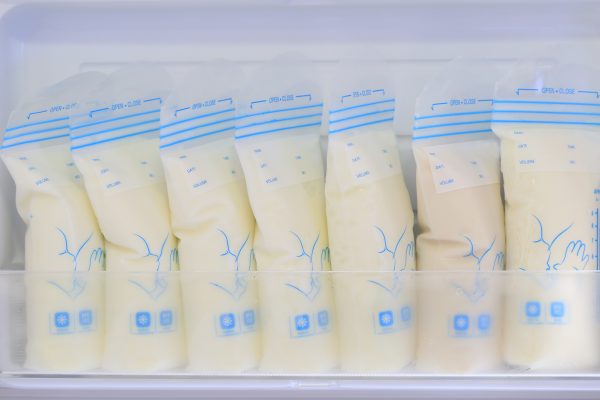
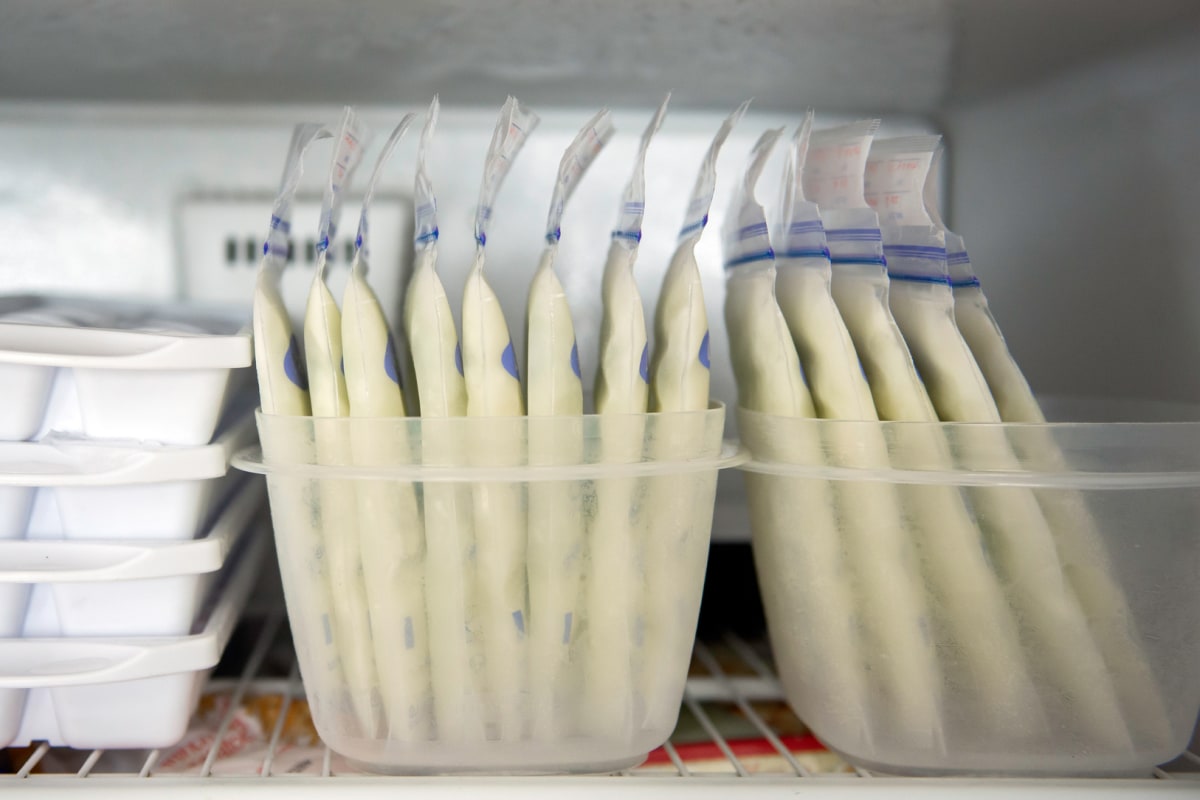

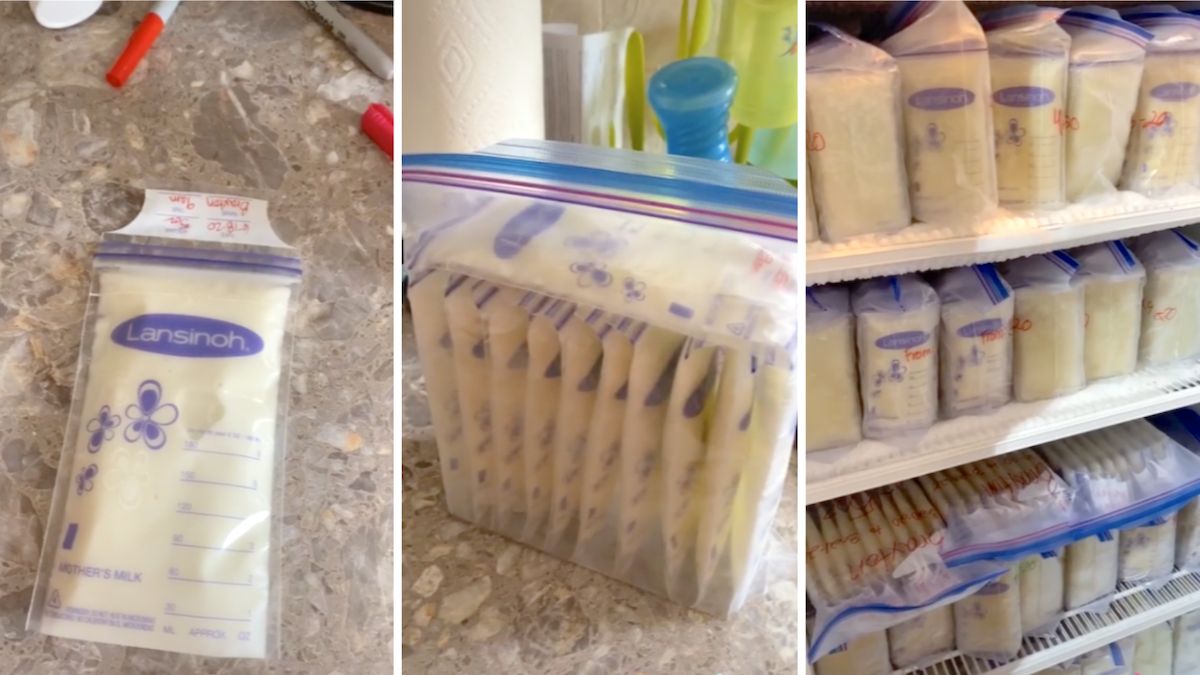
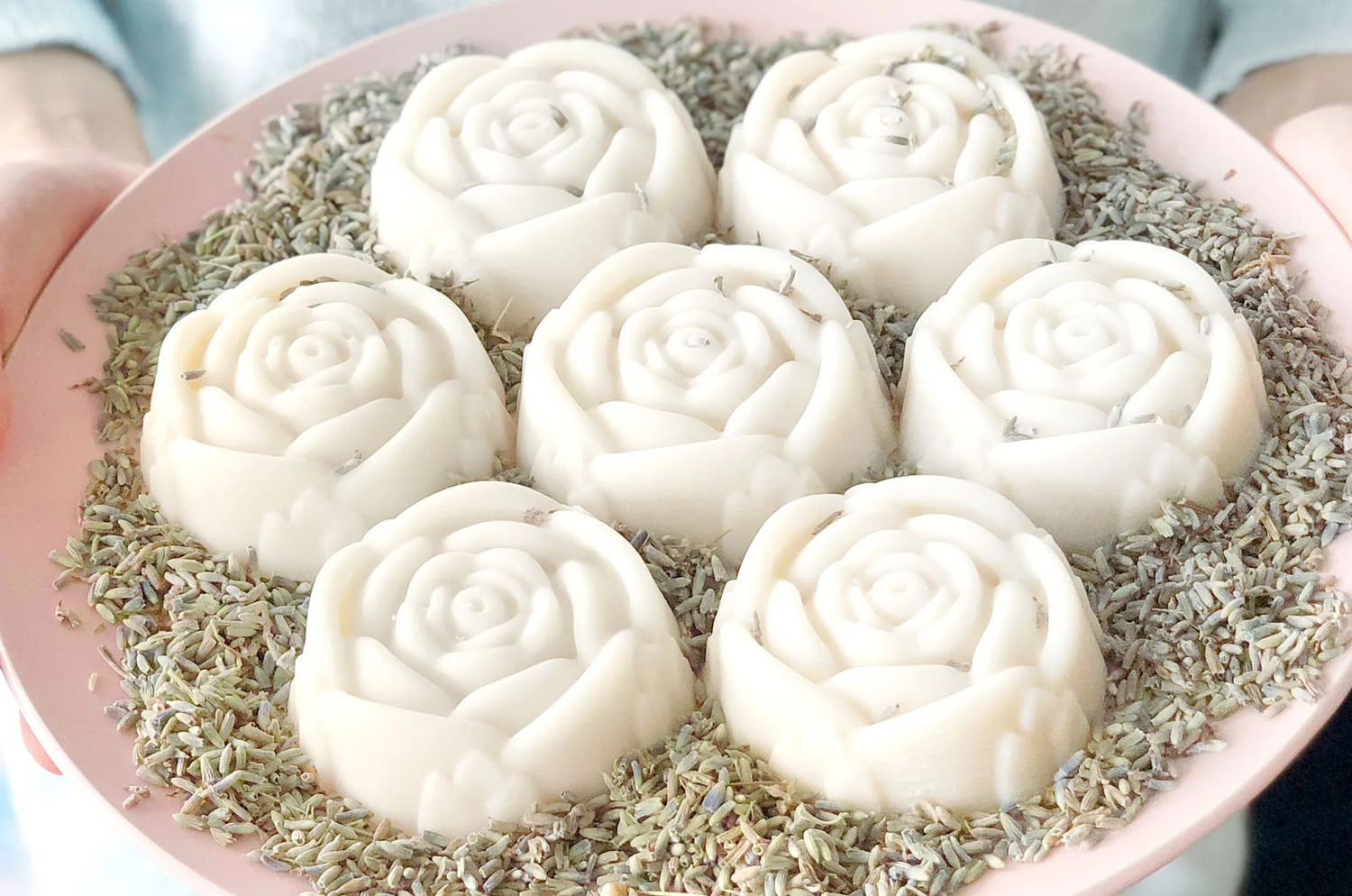
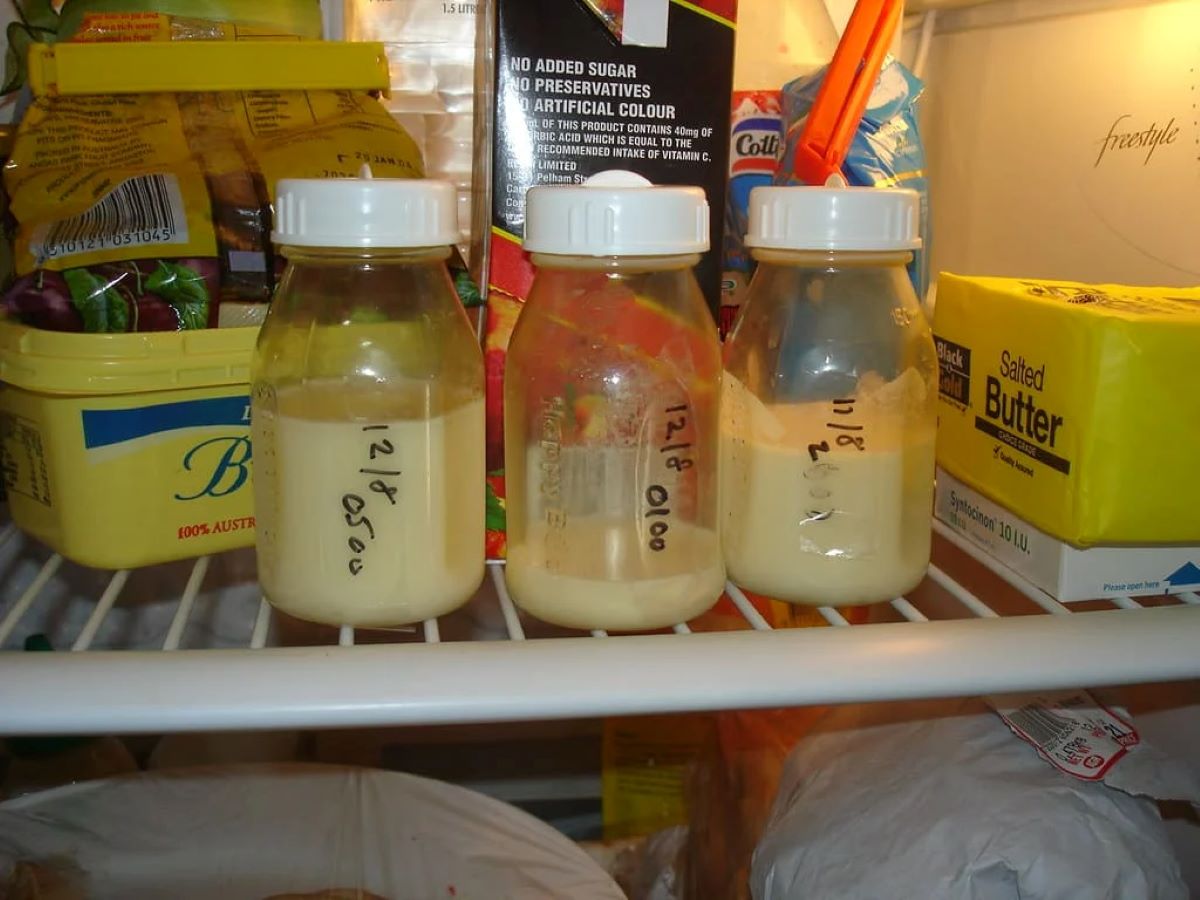
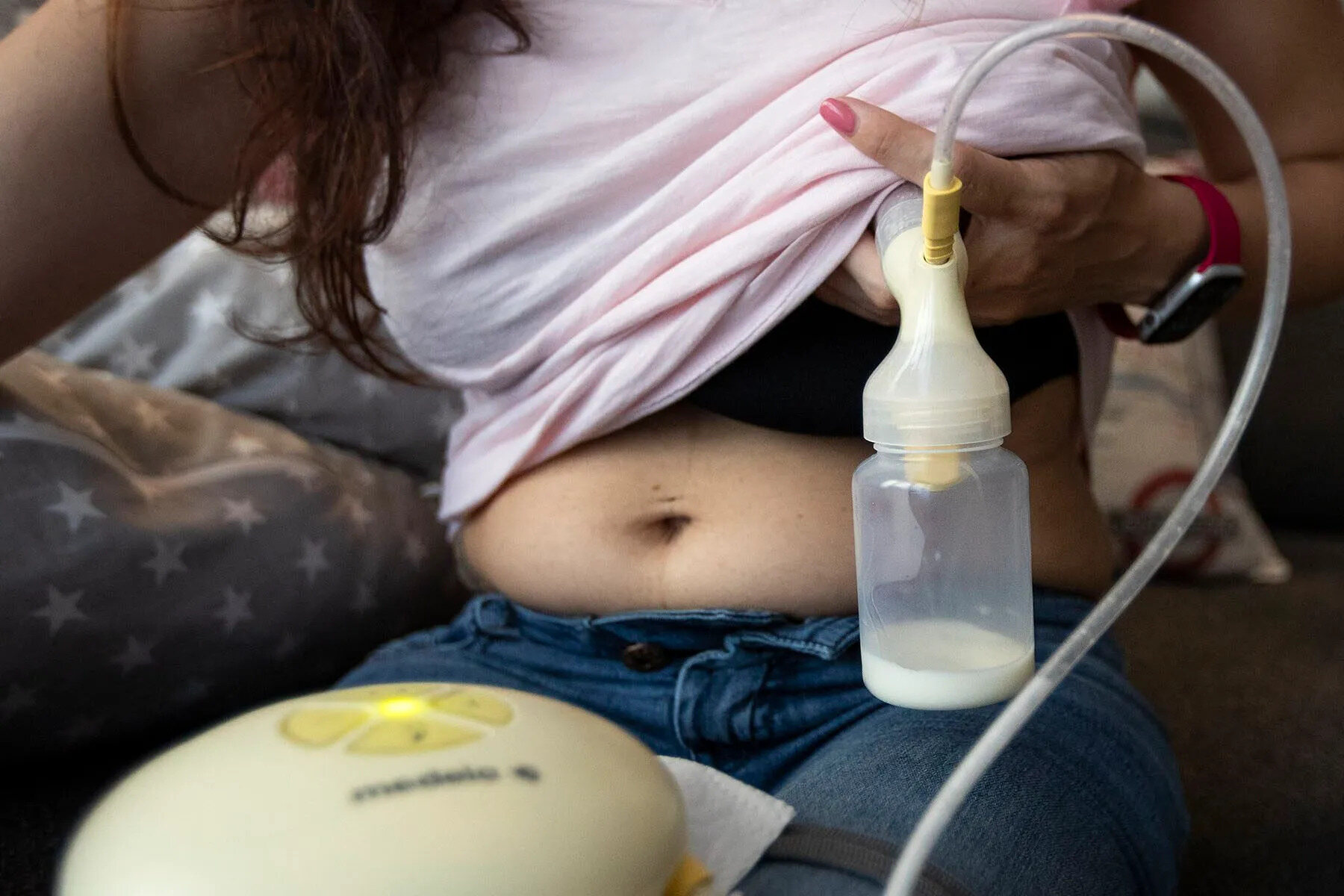
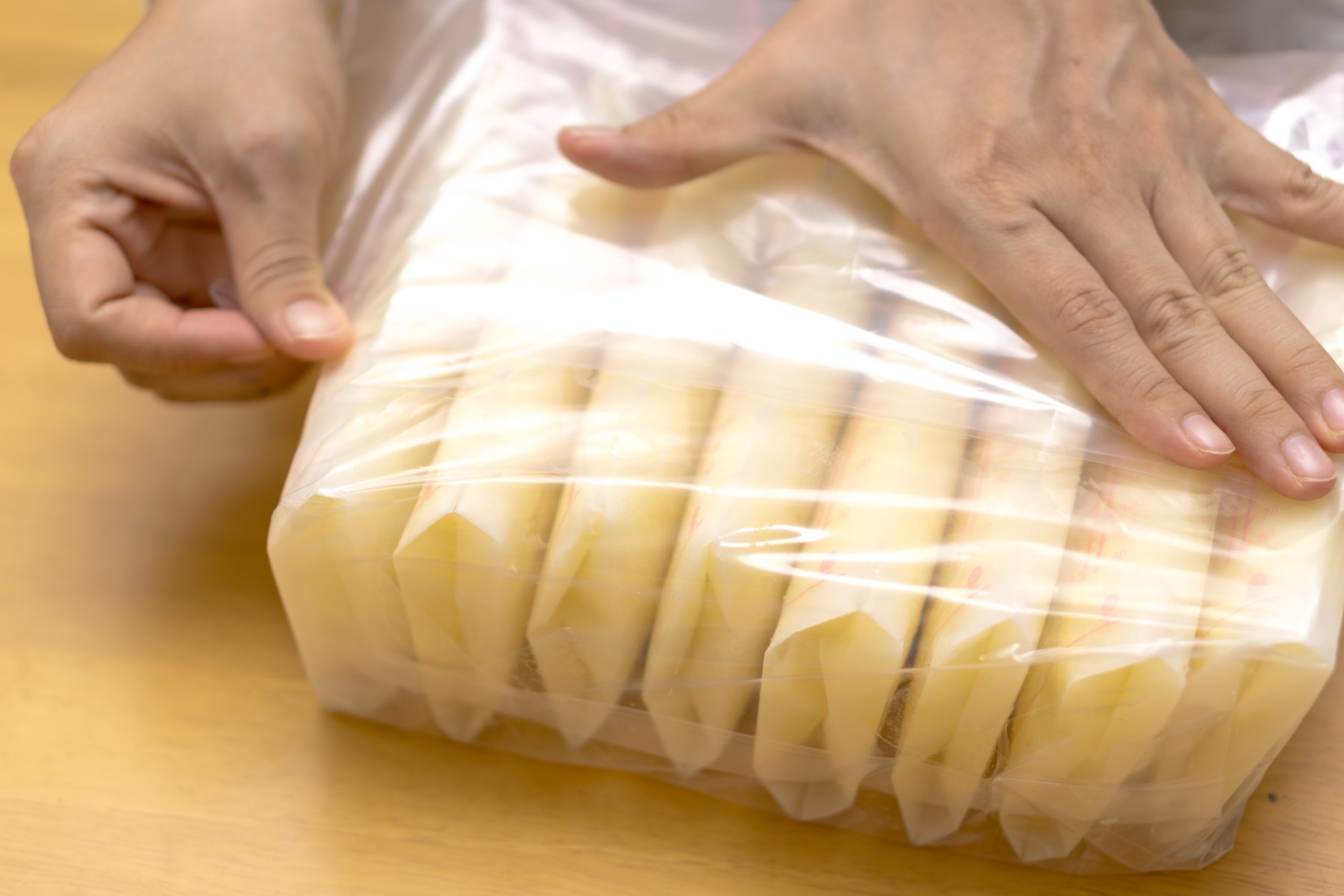
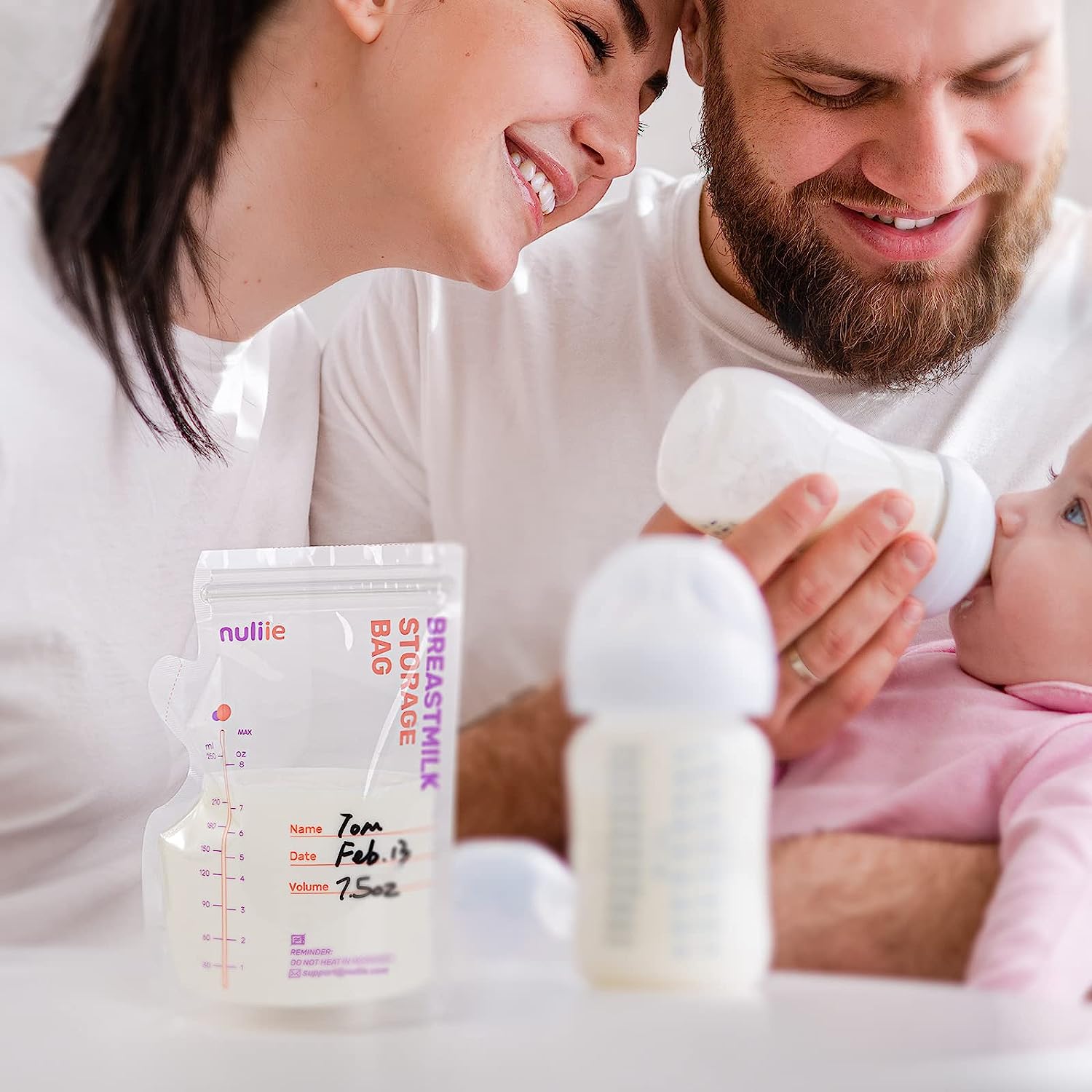
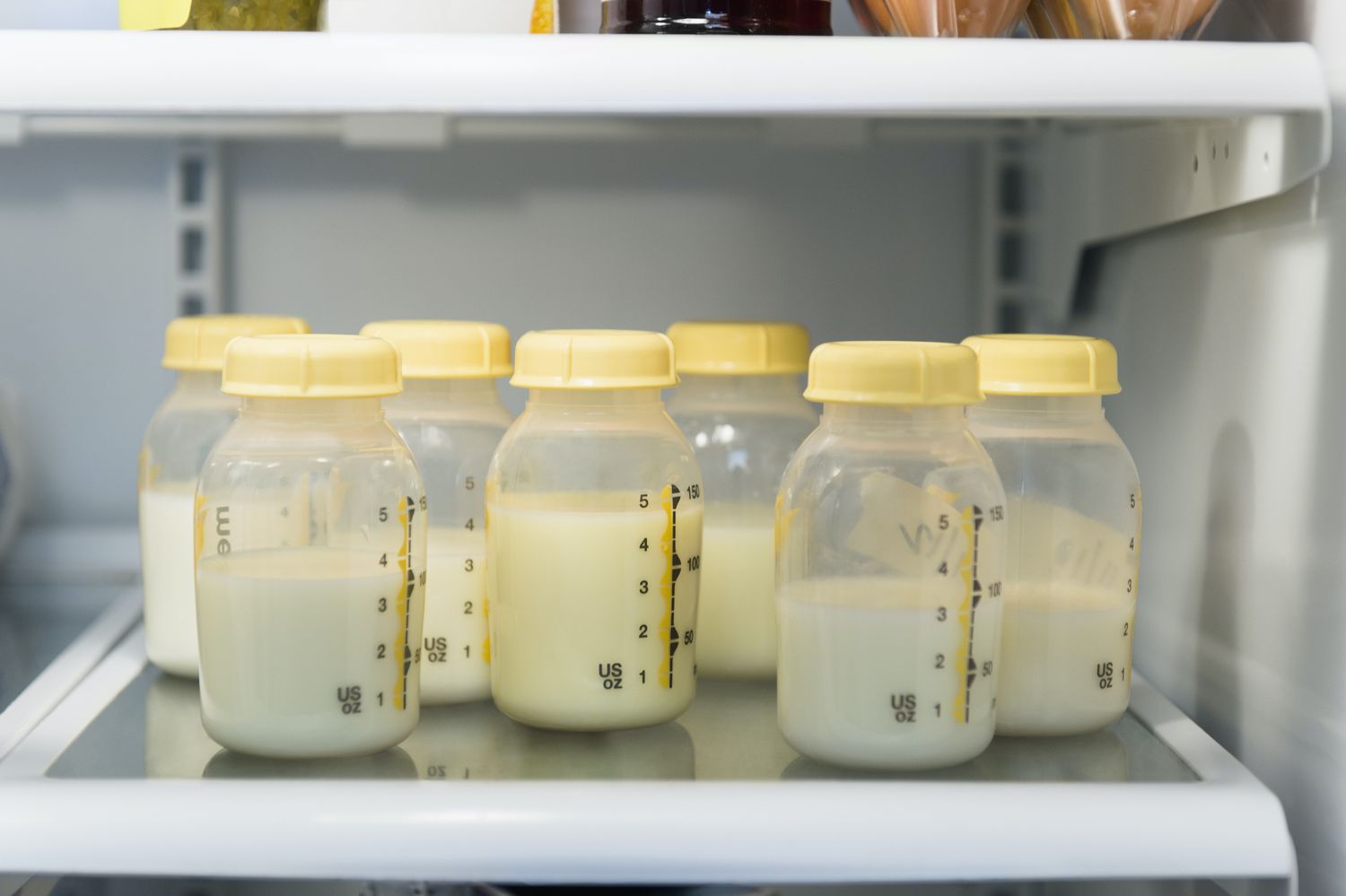
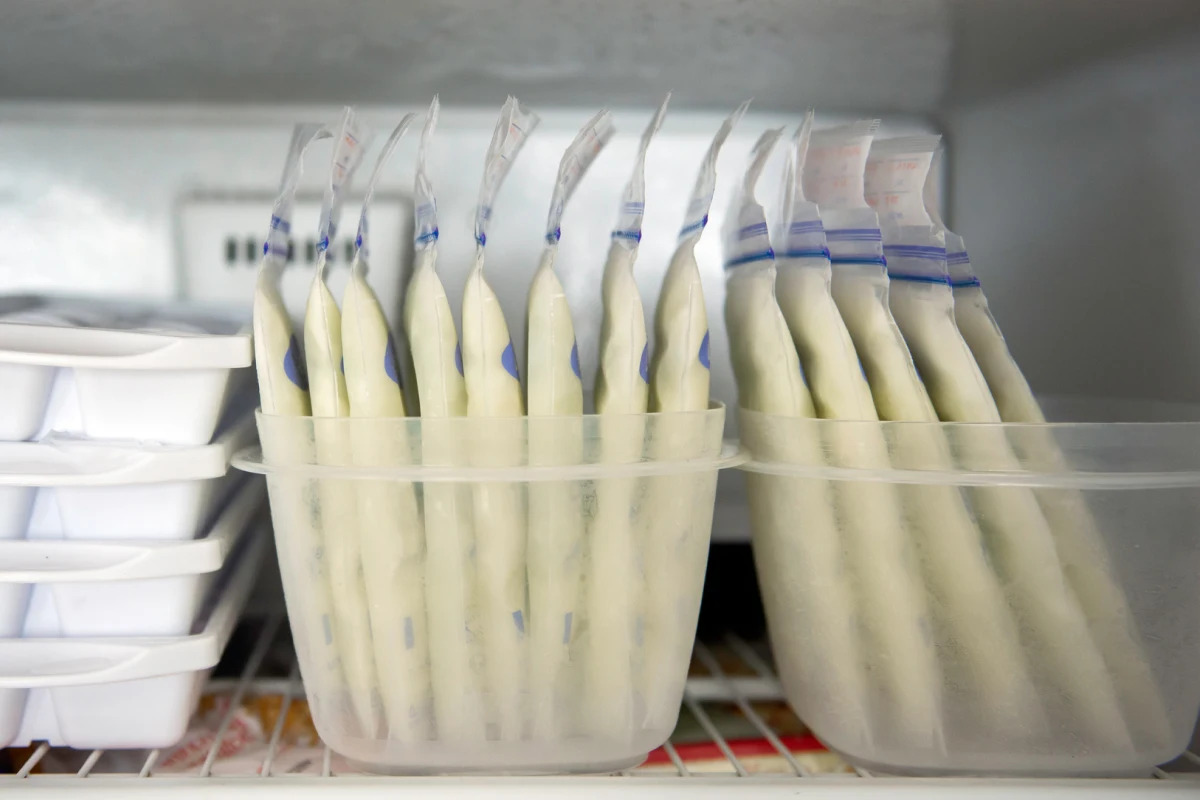
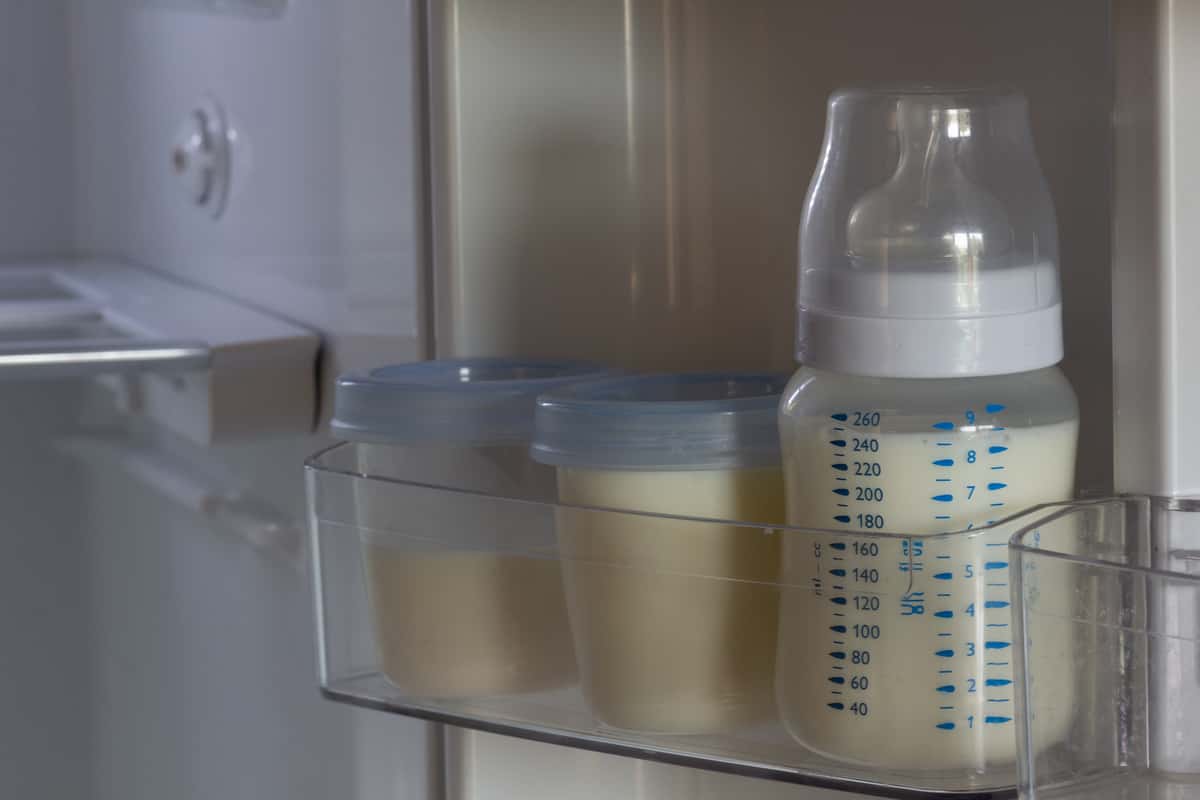

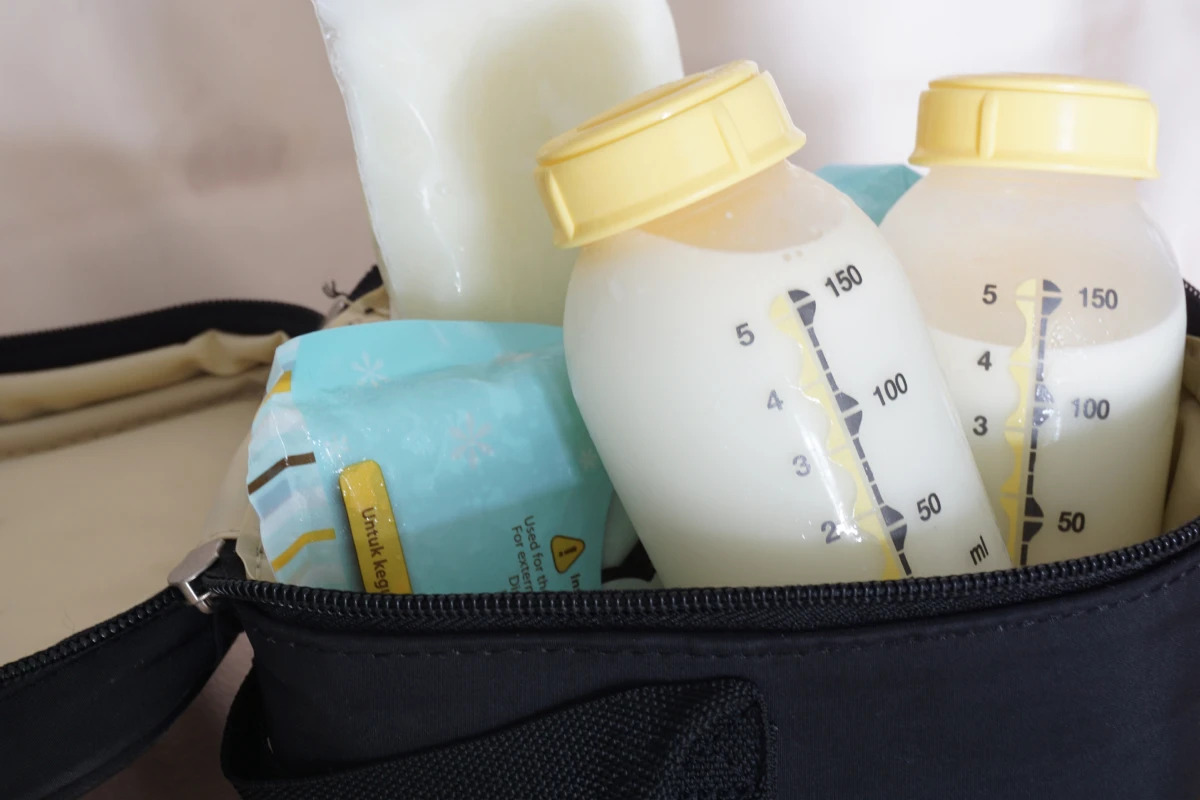

0 thoughts on “How To Store Breast Milk Bags In Freezer”